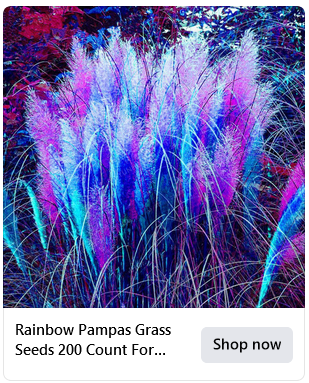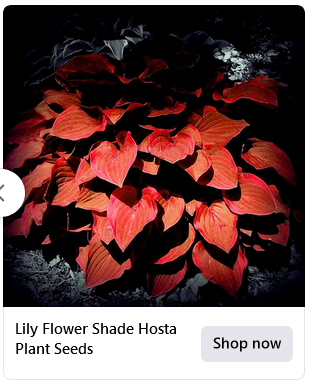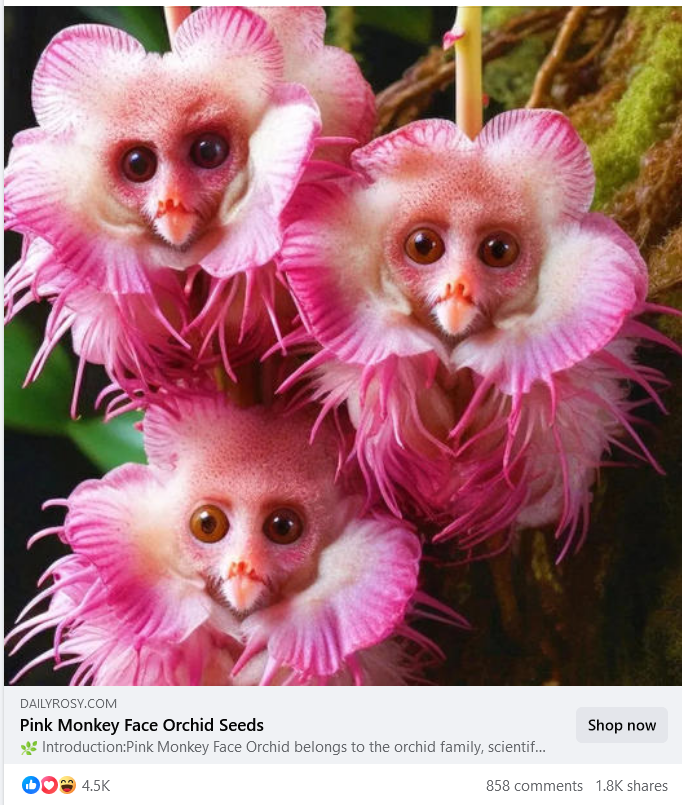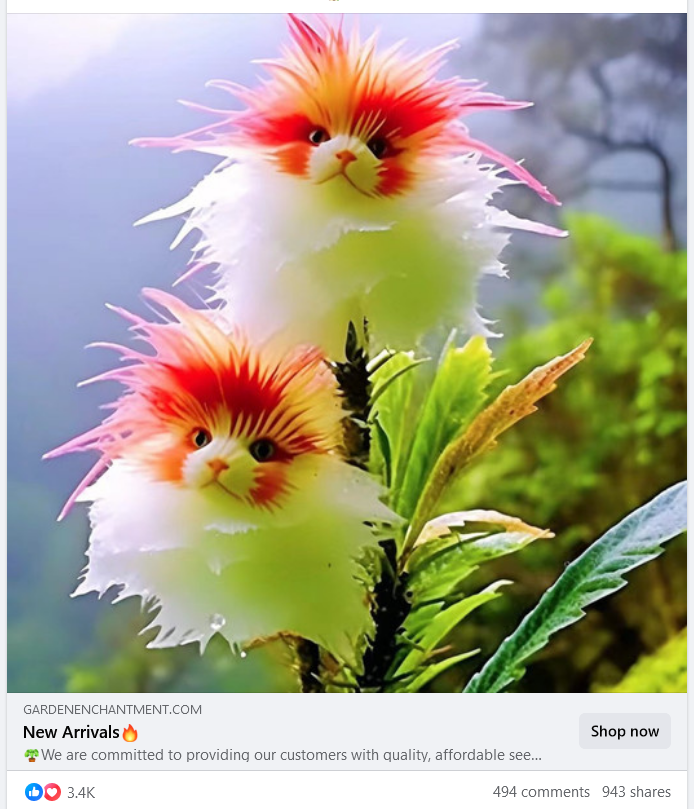Avoid Gardening Scams: Spotting Fake Plant Images and Offers
Buying plants online can be exciting, but it’s also risky. Scammers are creating fake plants using AI-generated images, tricking people into buying plants that don’t exist. These scams promise unique or rare plants but deliver nothing—or cheap, poor-quality substitutes.
Here’s how to spot these scams and protect yourself, step by step.
Why Are Gardening Scams So Common?
Gardening has become more popular, and scammers see an opportunity. They target plant lovers with:
- Fake rare plants like glowing orchids or rainbow succulents.
- Impossible features like color-changing leaves.
- Cheap prices that seem too good to be true.
AI tools make these scams even harder to spot. Scammers create fake plant images that look real but aren’t. These plants might have:
- Bright, unnatural colors.
- Perfectly symmetrical leaves or flowers.
- Weird claims like “glows in the dark” or “blooms all year.”
How to Spot Fake Plant Images
Fake images can fool you at first glance, but they often have obvious flaws. Here’s what to look for:
- Unrealistic Colors
- Plants don’t have neon or rainbow colors.
- If the colors look too magical, they’re fake.
- Perfect Patterns
- Real plants have natural imperfections. AI-generated plants look overly perfect or symmetrical.
- Weird Backgrounds
- Look at the setting around the plant. AI images often have blurry or mismatched backgrounds.
- Editing Mistakes
- Watch for watermarks, odd outlines, or blurry spots—signs of digital manipulation.






Common Signs of a Gardening Scam
The images aren’t the only clue. Scammers also write listings that seem off. Watch out for:
- Unrealistic Prices
If the plant costs way less than usual, it’s probably fake. - No Proper Name
Legit sellers include scientific names. Fake listings use vague names like “Magical Glow Plant.” - Rushed Sales Tactics
Scammers push you to buy quickly with phrases like “Limited stock!” or “Last chance!” - Fake Reviews
Reviews that sound too generic or over-the-top might not be real. - No Contact Info
If the seller doesn’t share clear contact details, don’t trust them.
How to Protect Yourself
Here’s how you can avoid being scammed when shopping for plants online:
- Research the Plant
- Search for the plant to see if it exists. Trusted gardening websites are great resources.
- Buy from Reputable Sellers
- Stick to well-known nurseries or verified sellers on platforms like Etsy.
- Use Reverse Image Search
- Upload the plant’s photo to Google’s reverse image tool. If it shows up on unrelated sites, it’s likely fake.
- Ask Other Gardeners
- Join forums or gardening groups. Experienced members can spot scams and suggest trustworthy sellers.
- Pay Safely
- Use secure payment methods like PayPal, which offer buyer protection. Avoid bank transfers or cash payments.
- Be Skeptical of “Rare” Plants
- Glowing, rainbow, or color-changing plants don’t exist. Trust your instincts.
Two Real Scams to Learn From
These examples show how scammers trick people:
- Glow-in-the-Dark Orchid
- Someone ordered a “glow-in-the-dark orchid.” What arrived? A plain white orchid with a glow stick in the box.
- Rainbow Succulent
- A seller offered “rare rainbow succulents.” The buyer received green succulents painted with toxic dye. The paint killed the plants within days.
Can AI Help Fight Scams?
Yes! The same AI technology used to create fake plants is also being used to stop scammers. Platforms are developing tools to detect fake images and flag suspicious sellers.
There are also apps that help identify real plants, showing you what they look like and how to care for them.
Gardening Safely and Smartly
Gardening is about joy and connection to nature—not falling for scams. By learning to spot fake images and suspicious sellers, you can protect yourself and focus on what matters: growing a beautiful, real garden.
Remember, the best plants are the ones nature truly creates. Stick to trusted sellers and avoid anything that seems too perfect or magical.
